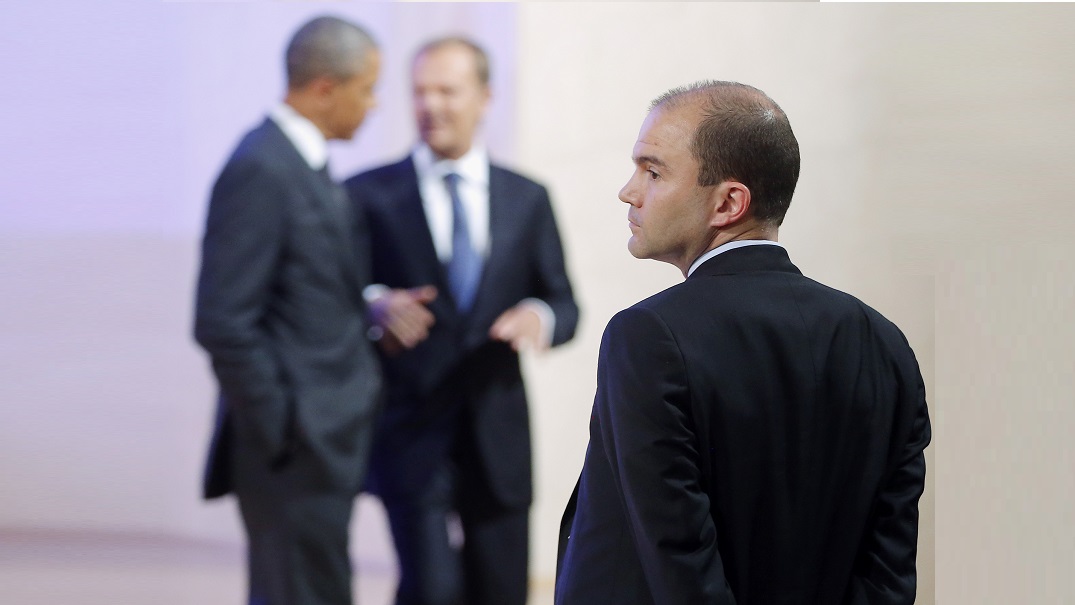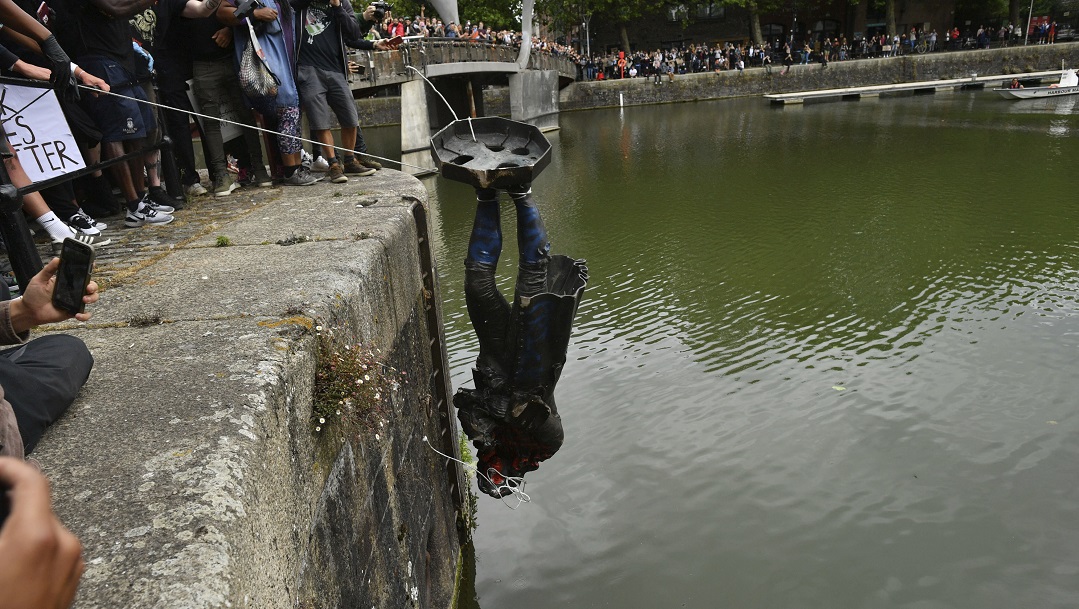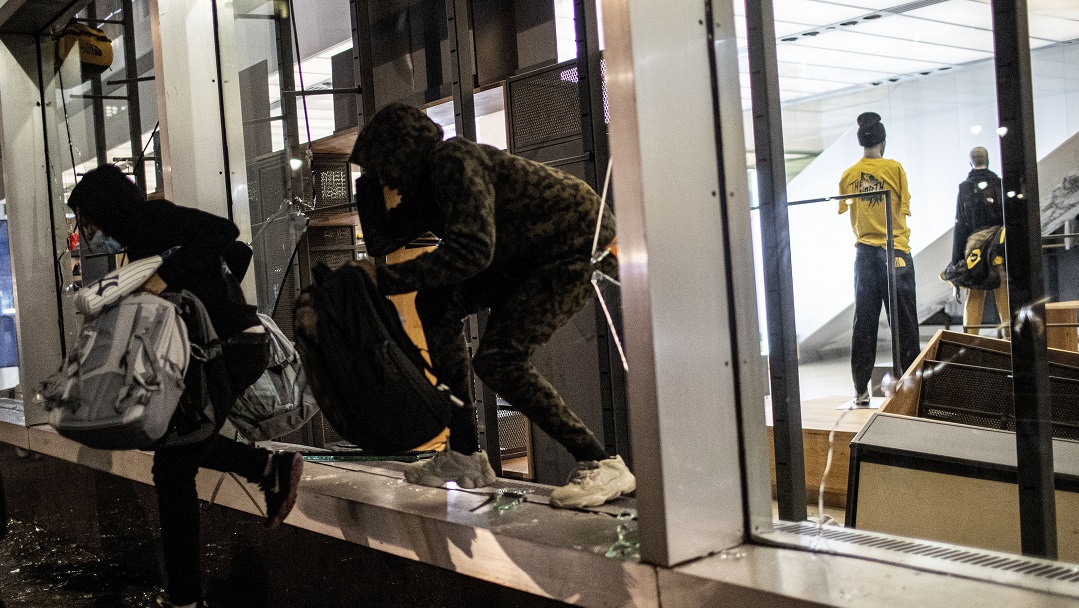Five Years After the Iran Deal, a Media “Echo Chamber” Reminder

“If the Democrats win, they’re likely to have the media field to themselves.”

A
s an exercise in shaping public opinion, the swift rise and fall of the story that Israeli air attacks were pushing Iran out of Syria was a puny effort.
Israelis woke up a few days ago to headlines from major outlets reading “Defense officials: Iran pulling out of Syria as Israel pummels its forces there”. Before long the dramatic news of the success of Israel’s long shadow war was in international media from the London Times to China’s Xinhua.
But in a conference call yesterday with the head of the Institute of National Security Studies Amos Yadlin, hosted by MediaCentral, the former IDF intelligence chief told reporters he “didn’t buy it” and that Iranian forces “may be changing their positions, but they’re not leaving.”
Asked point-blank how he could contradict the IDF, Yadlin responded that “senior defense officials” weren’t the army, and that it was a legacy-crafting effort by outgoing defense-minister Naftali Bennett’s PR team.
Sure enough, a few hours later, Yadlin’s pushback was the story, with headlines like “Stop boasting: Iran has not left Syria”, and as of now, the story seems to have died.
In the interface between government and media, these are everyday events. But five years after President Obama’s deputy national security adviser Ben Rhodes created an “echo chamber” to sell the 2015 Iran Deal to the American public, and six months out from presidential elections, it was a reminder of how strategic use of the media has the power to shape public opinion.
“Ned Price, Rhodes’s assistant, gave me a primer on how it’s done,” wrote the New York Times Magazine’s David Samuels of Rhodes’ massively-successful PR effort. “The easiest way for the White House to shape the news, he explained, is from the briefing podiums. “But then there are these sort of force multipliers,” he said, adding, “We have our compadres, I will reach out to a couple people, and you know I wouldn’t want to name them...
“I’ll say, ‘Hey, look, some people are spinning this narrative that this is a sign of weakness,’ he continued, “but—”
“In fact, it’s a sign of strength!” I said, chuckling.
“And I’ll give them some color,” Price continued, “and the next thing I know, lots of these guys…have huge Twitter followings, and they’ll be putting this message out on their own.”
That was how the US handed Iran a free pass to arm Hezbollah, ring Israel with a frightening array of missiles, and destabilize the rest of the Middle East – all for the modest price of holding off on nuke development for a decade.
As Suzanne Maloney of the left-leaning Brookings Institute wrote, “Rhodes’ masterstroke came in appropriating an argument that war was the only viable alternative to an agreement.”
But as many knew at the time, and we’ve since seen, that was untrue: there are many levels to push back on the Iranians short of war. President Trump’s audacious killing of General Soleimani didn’t provoke war, but has put the Iranians on the back foot.
Even in the age of social media, the mainstream media - who are only seen as impartial by 41% of Americans, per a recent Gallup poll – still have a significant role in deciding what is seen as news.
They can push back on stories as happened to the Syria retreat narrative, or as US media regularly does to the Trump administration.
Six months before another US election, the Iran Deal saga is a cautionary tale of what can happen when the belief systems of the media align with that of the president - achieving what David Samuels called a “mind-meld” such as Rhodes achieved with Obama.
With its kid-glove treatment of Joe Biden so far, the US media doesn’t inspire confidence that it is ready to push back on anyone who isn’t Donald Trump. If the Democrats win, they’re likely to have the media field to themselves.
Exclusive to Mishpacha.com
Oops! We could not locate your form.







